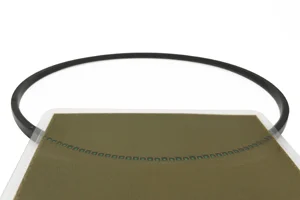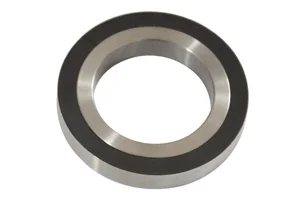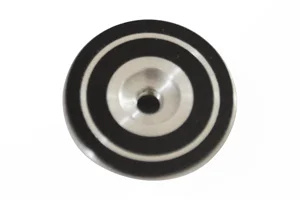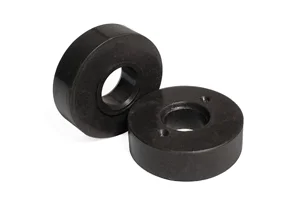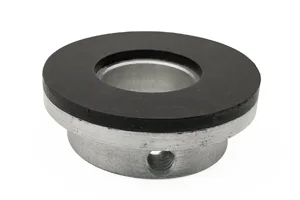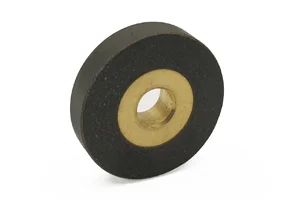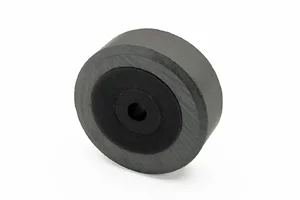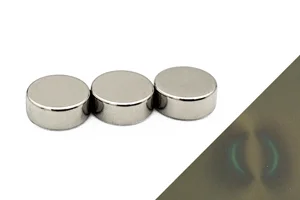Encoder magnets, or sensor magnets, are those permanent magnets used in magnetic encoders or sensors. According to the Hall effect, a magnetic encoder can detect the motion by converting the related magnetic flux to an electrical signal. It feedbacks and controls the motion including position, direction, speed, rotation angle, linear displacement.
Magnet materials: Bonded magnets (NdFeB magnet, ferrite magnet), sintered magnets (neodymium magnet, ceramic magnet, SmCo magnet).
Magnet shapes: Ring magnet or magnet assembly (typical for rotary encoders with off axis structure), cylinder magnet (typical for rotary encoders with shaft end structure), rectangular magnet or magnet assembly (typical for linear encoders).
Magnetic poles: 2, 6, 8, 16, 24, 32, 40, 48, 64, 64+62 (two tracks), 128, 192 poles, etc.
Features: Shock and vibration robustness, insensitive to non-magnetic (non-ferrous) particulate and liquid contaminants, small size, light weight.
Encoder magnet applications: CNC machining centers, robotic arms, servo motors, stepper motors, actuators.
